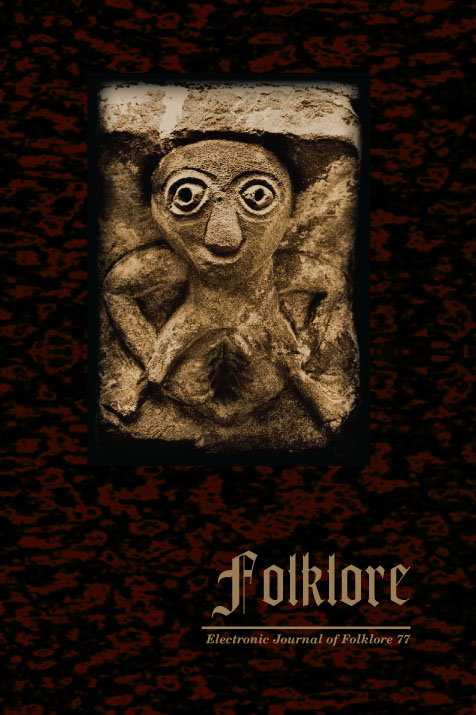Playing with Nezumi Toys, Dreaming of Unattainable Utopia: Unique Portrayals of Nezumi in Japanese Folk Tradition
Playing with Nezumi Toys, Dreaming of Unattainable Utopia: Unique Portrayals of Nezumi in Japanese Folk Tradition
Author(s): Fumihiko KobayashiSubject(s): Customs / Folklore, Cultural Anthropology / Ethnology, Culture and social structure , 17th Century
Published by: Eesti Kirjandusmuuseum
Keywords: Daikokuten lore; Edo nishiki; Edo period (1603–1868); famine; Japan; kakurezato (hidden utopia) lore; nezumi (rats/mice); nezumi-motif toys; otogi-zōshi (medieval storybooks); woodblock prints;
Summary/Abstract: The Japanese have long regarded the nezumi – rats and mice – as vermin that plague agrarian and urban communities. In folk tradition, however, the characterization of the nezumi as amiable, efficacious, and auspicious has formed a powerful motif. As rodenticides and rat traps advertised widely and sold well, nezumi-motif toys such as Daikokuten nezumi (a protector deity of wealth riding on a white nezumi), neko to nezumi (a cat and a nezumi), and komekui nezumi (a rice-eating nezumi) enjoyed great popularity, particularly in eighteenth-century Japan. These toys substantiate the way people favored nezumi-motif items even as actual nezumi caused tremendous damage to Japanese cities and towns through their behavior. This article analyzes the motivation behind playing with nezumi-motif toys by examining the reasons why people accepted the more fanciful idea of nezumi expressed by toys in the face of a very different reality on the ground. The results of this investigation will provide an opportunity to understand the folk narrative embodied within the toy in order to reconsider the purpose such animal-motif toys and mascots have served in Japanese culture. Indeed, the nezumi have provided people with a vehicle they could use to play out elaborate fantasies of the kind of utopia of abundance and wealth that usually contrasted with their real lives. This unique portrayal of human-animal relationship can still be observed today, not only in toys but also in the animal characters found in media today.
Journal: Folklore: Electronic Journal of Folklore
- Issue Year: 2019
- Issue No: 77
- Page Range: 39-62
- Page Count: 24
- Language: English

